This Tet, the highland hamlets no longer have to light oil lamps.
Welcoming the Lunar New Year of Giap Thin 2024, the joy of 30 households in Lung Peng hamlet, Huy Giap commune (Bao Lac, Cao Bang) will be multiplied because from November 24, 2023, the national grid electricity has arrived. In a conversation with us, Mr. Dang Choi Phin, Head of Lung Peng hamlet, said: “The dream of having electricity for generations of the people in the hamlet has come true. Before the national grid electricity, people in Lung Peng hamlet had to light oil lamps or make fires in their houses. Families with better conditions bought generators to place under the stream to take advantage of the flow to generate electricity for daily use. However, this source of electricity is weak and unstable, and in the dry season the stream dries up and there is not enough water to run the machine. With the national grid, people have access to culture, information, learn production experience through mass media, and clearly understand the policies and laws of the Party and State.
 |
The system brings national grid electricity to Hon Tre island commune, Kien Hai district, Kien Giang province. Photo: HUYNH LANH |
Returning to Nam Cay village, Nam Hang commune (Nam Nhun, Lai Chau) at the end of the year, in the winter weather, the quiet atmosphere of the poor, barren highland village is no longer there. Now, in the houses, there are radios, televisions, and loud music; the noise from rice milling machines. Children can study under electric light, have access to computers... These changes are thanks to the attention of the Party, the State and the joint efforts of the electricity industry. In a conversation with us, Mr. Ca Van Ngoan, Head of Nam Cay village, was filled with joy. He said that at the end of March 2023, the dream of having national grid electricity for 110 households in the village came true. With the arrival of electricity, people's lives have changed a lot. Many families have bought TVs, refrigerators, electric fans and agricultural machines... These are essential things for life and production.
Now, when returning to the provinces: Lao Cai, Dien Bien, Lai Chau, Ha Giang, Lang Son, Tra Vinh, Hau Giang, Ca Mau, Kien Giang..., standing on the slopes in the villages, hamlets, and hamlets, looking out, it is easy to see the image of sturdy electric poles crossing high mountains, deep ravines, and rugged terrain to bring electricity from the national grid to light up. Electricity not only reaches the mountains but also overcomes waves, reaching far out to the islands. Starting from Cat Hai Island (Hai Phong) in 1991, the journey of overcoming waves to bring electricity to the islands of Vietnam Electricity Group (EVN) has reached island districts in all regions of the country, such as: Co To (Quang Ninh), Ly Son (Quang Ngai), Phu Quoc (Kien Giang) and Truong Sa island district (Khanh Hoa)... Up to now, 11/12 island districts, 100% of island communes nationwide have electricity. The long power lines stretch as far as the eye can see, like threads in the sky, but they are strong threads that narrow the gap in development level between the highlands, remote areas and other regions.
The goal of eliminating white areas in the national grid
In 1997, the national grid was only supplied to 426/470 districts, reaching 90.6%; 63.2% of communes; 50.76% of rural households nationwide; more than 30 million people did not have access to electricity. By 2010, 100% of districts nationwide had access to electricity, in 2018, 100% of communes had access to electricity, and by 2019, 99.47% of households had access to electricity, of which 99.18% of rural households had access to electricity. By the end of 2020, 99.3% of rural households nationwide had access to electricity. According to EVN Deputy General Director Vo Quang Lam, supplying electricity to island districts, remote areas and isolated areas across the country has always been a challenging issue for EVN. But this is an important political task that EVN focuses on implementing. Because successfully carrying out this task not only contributes to economic development, creates motivation to eliminate hunger, reduce poverty, improve people's material and spiritual life, but also contributes to achieving social justice and security, strengthening the great solidarity bloc among ethnic groups, maintaining political stability, national defense, security, protecting the sovereignty of the territory and seas and islands of the Fatherland.
Looking back at the persistent journey of bringing electricity to light up rural areas, villages, highland, remote areas, and islands of the Fatherland, it can be seen that rural electrification is always a challenging issue for the Government and the electricity industry. It is difficult because, while the budget is limited, these are projects that require large capital sources, the design and construction of electricity in mountainous areas, complex terrain, and offshore islands depends on weather conditions, requiring a lot of experience and high technology, while the number of users is small. In reality, in many remote, isolated, and border areas, people often live sparsely, with projects that extend electricity for dozens of kilometers for only a few dozen households to use. The electricity bill/household is often less than 20,000 VND/month, while to collect the money, electricity workers have to travel half a day to get there, so balancing economic efficiency with the electricity industry is really difficult.
The national grid has reached and covered many of the most remote villages and hamlets, with the hope of improving people's economic lives and creating momentum for economic development. However, by the end of 2020, nationwide, about 0.7% of rural households still did not have access to electricity. Although the proportion of rural households in need of electricity is not high, these are particularly difficult cases, because they are located in the deepest and most remote areas of the country. Along with that, the number of households living sparsely, scattered, and located too far from the national grid, so investing in electricity supply has high costs, high investment rates, and it is difficult to mobilize and regulate capital sources for synchronous investment, evenly distributed among regions. However, determining this as one of the particularly important political tasks assigned by the Party and the State, the electricity sector is making the greatest efforts with the goal of eliminating areas without electricity from the national grid, so that no one is left behind.
Source








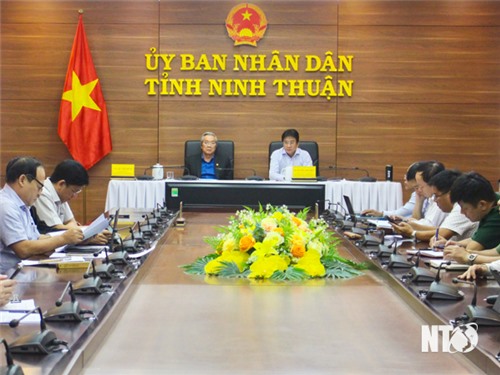

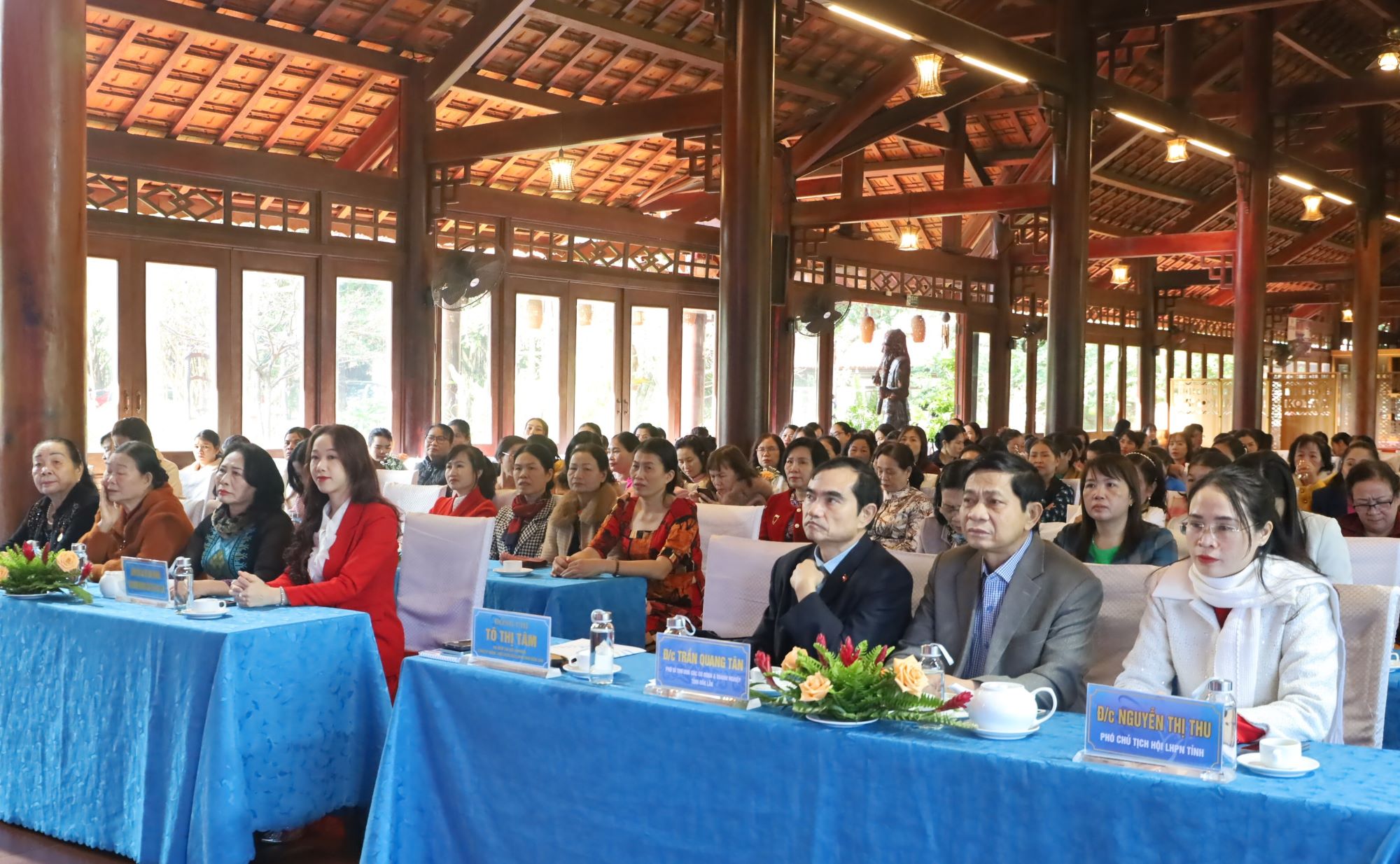






















![[Photo] Prime Minister Pham Minh Chinh chairs Government Conference with localities on economic growth](https://vstatic.vietnam.vn/vietnam/resource/IMAGE/2025/2/21/f34583484f2643a2a2b72168a0d64baa)





























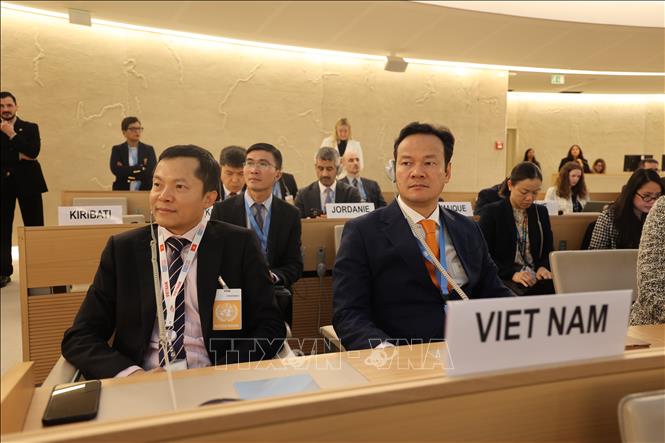


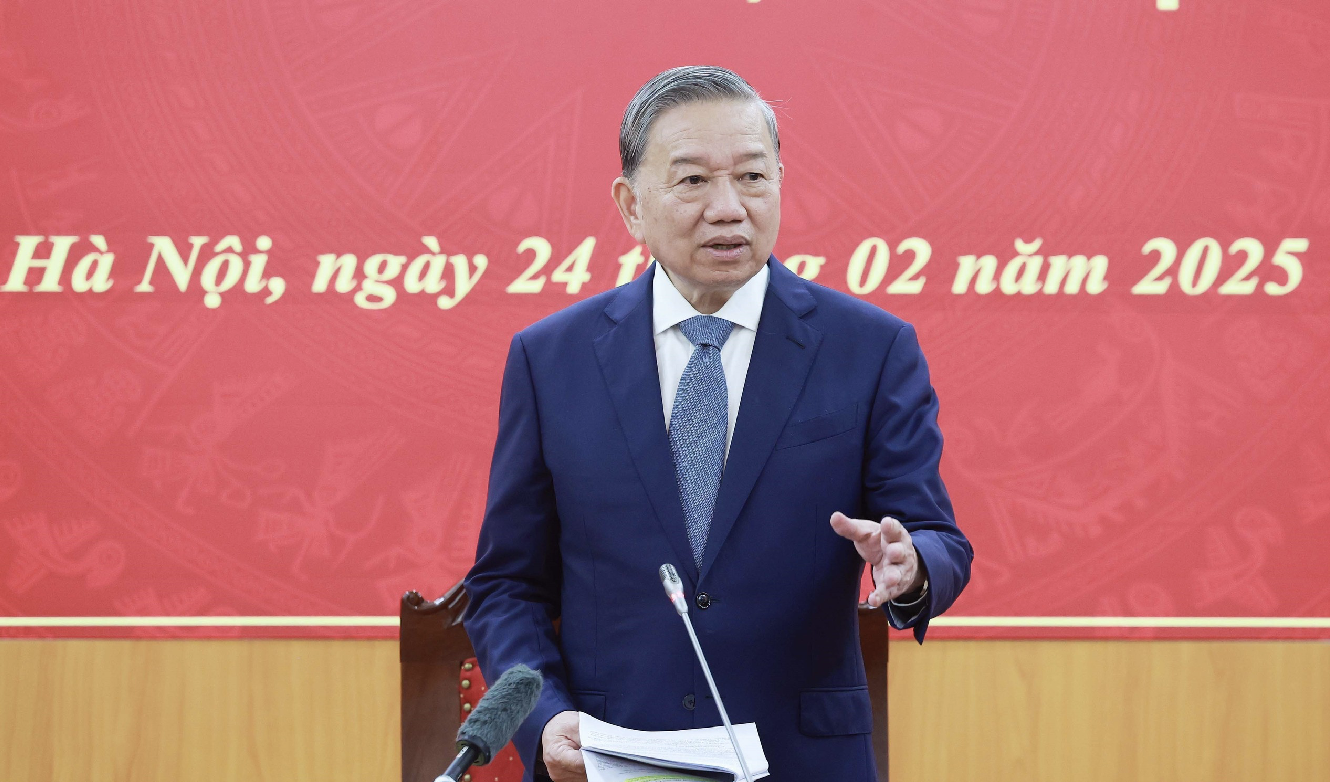

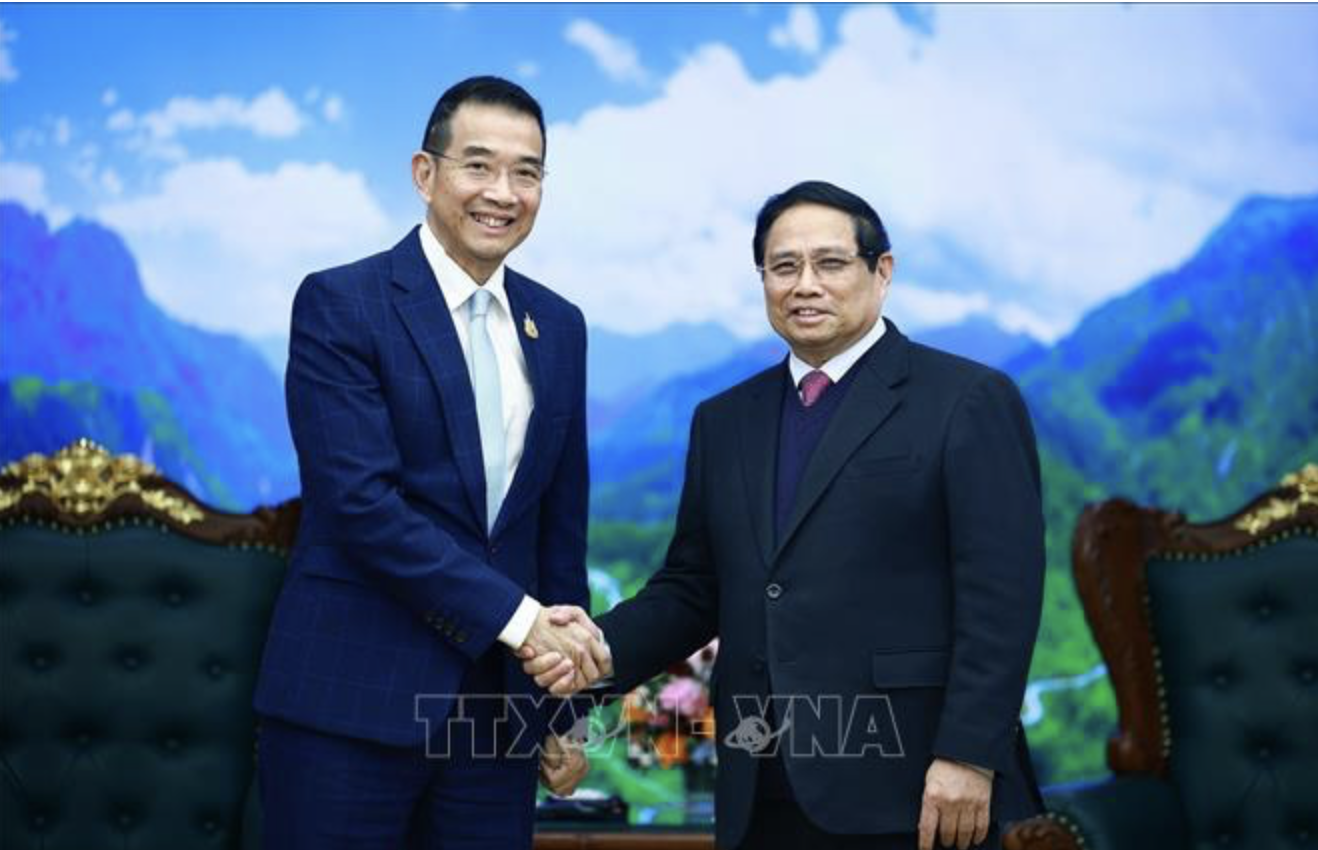
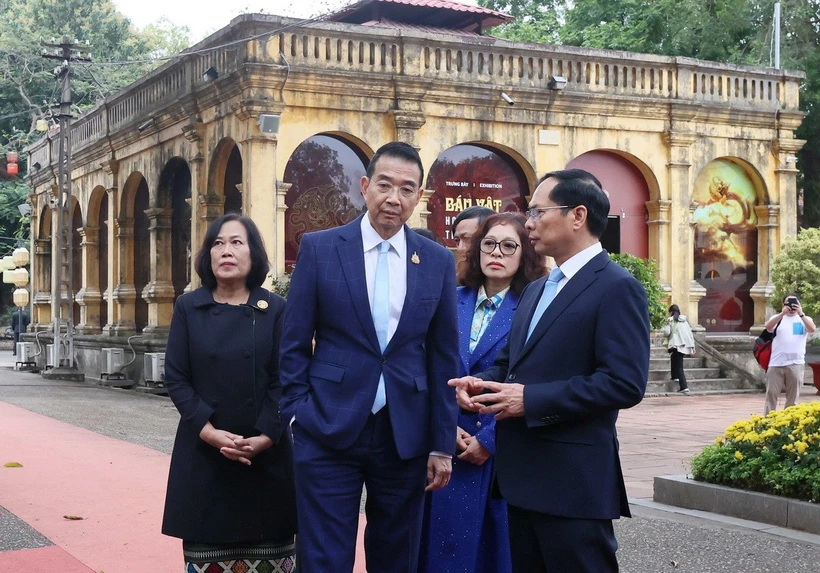


















Comment (0)